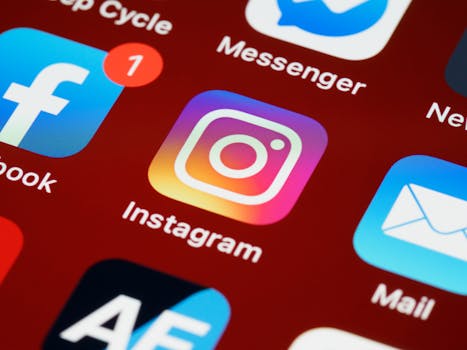
Mastering the Art of Effective Communication: A Comprehensive Guide
This guide delves into the multifaceted world of effective communication, exploring various aspects from interpersonal interactions to public speaking engagements. It's designed for individuals seeking to enhance their communication skills across diverse contexts, whether at work, in social settings, or during presentations. Throughout this comprehensive guide, we will cover a wide range of crucial elements, fostering a deeper understanding of how to connect with others and achieve desired outcomes.
Understanding the Fundamentals of Communication
Communication is more than just exchanging words; it's a complex process involving multiple elements working in harmony. A robust understanding of these fundamental components lays the groundwork for effective communication. We explore:
- The sender and receiver: Analyzing the roles and responsibilities of both parties in the communication process. How can senders ensure their message is clear and effectively received? How can receivers actively interpret the message to avoid misunderstandings?
- The message itself: Examining the structure, clarity, and conciseness of the message. We'll look at different communication styles and how these can impact the message's reception. How can the sender adjust their style to resonate with different audiences?
- The medium of communication: Exploring the influence of various communication channels, such as verbal, written, nonverbal, and visual. How does the choice of medium affect the message and its interpretation?
- Feedback and response: Understanding the importance of feedback in enabling a two-way communication flow. What are different ways to provide constructive feedback, and how can receivers effectively utilize feedback to improve communication?
Building Strong Interpersonal Skills
Effective communication often hinges on strong interpersonal skills. In this section, we analyze:
- Active listening: Developing techniques for attentive listening and understanding what the speaker intends to convey. How can active listening be used to build rapport and trust?
- Empathy and understanding: Cultivating an awareness of the emotional state of others to communicate with empathy. How to approach different perspectives with respect and consideration.
- Nonverbal communication: Analyzing the importance of body language, facial expressions, and tone of voice. How can you use nonverbal cues to create a supportive and welcoming environment?
- Conflict resolution: Strategies for navigating disagreements constructively and finding common ground. Learning to communicate concerns effectively and constructively.
Mastering Public Speaking
Public speaking often presents a significant hurdle. This section focuses on:
- Preparation and research: The importance of thorough planning and research in crafting a compelling presentation. How to tailor the message to a specific audience and context.
- Organization and structure: The architecture of a persuasive presentation; outlining key points, using transitions, and crafting a strong conclusion.
- Delivering the speech: Mastering vocal delivery techniques like tone, pace, and volume. Effective use of body language and engagement with the audience.
- Handling questions and feedback: Developing confidence in responding to questions and providing thoughtful feedback in a respectful way. Recognizing and handling potential anxieties and nerves.
Overcoming Communication Barriers
This section tackles common challenges that often hinder effective communication:
- Cultural differences: Understanding how cultural nuances can impact communication styles and perspectives. Recognizing potential stereotypes and avoiding misinterpretations.
- Language barriers: Strategies for overcoming language barriers through interpreters, using simple language, and utilizing visual aids. Recognizing that clear articulation is a cornerstone of any communication.
- Emotional barriers: Identifying and addressing emotional factors that can obstruct communication. Managing stress, anger, and fear while effectively communicating through difficult circumstances.
- Technological barriers: Understanding the challenges and opportunities presented by modern communication tools. Maintaining clarity and professionalism in online interactions, and being mindful of misinterpretations in virtual environments.
Conclusion
Effective communication is a vital skill that enhances personal and professional success. By consistently applying the techniques and principles outlined in this guide, you can significantly improve your ability to connect with others, navigate complex situations, and achieve your goals. Remember that mastering communication is an ongoing process; continuous learning, practice, and reflection are key to achieving excellence in this crucial area of human interaction.



Post a Comment